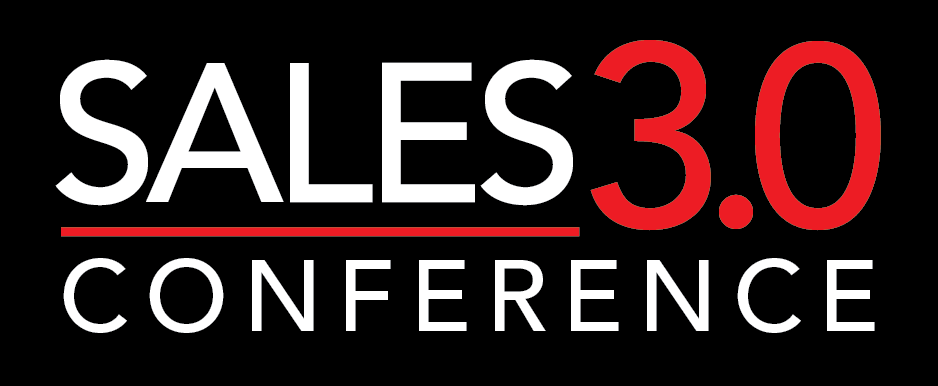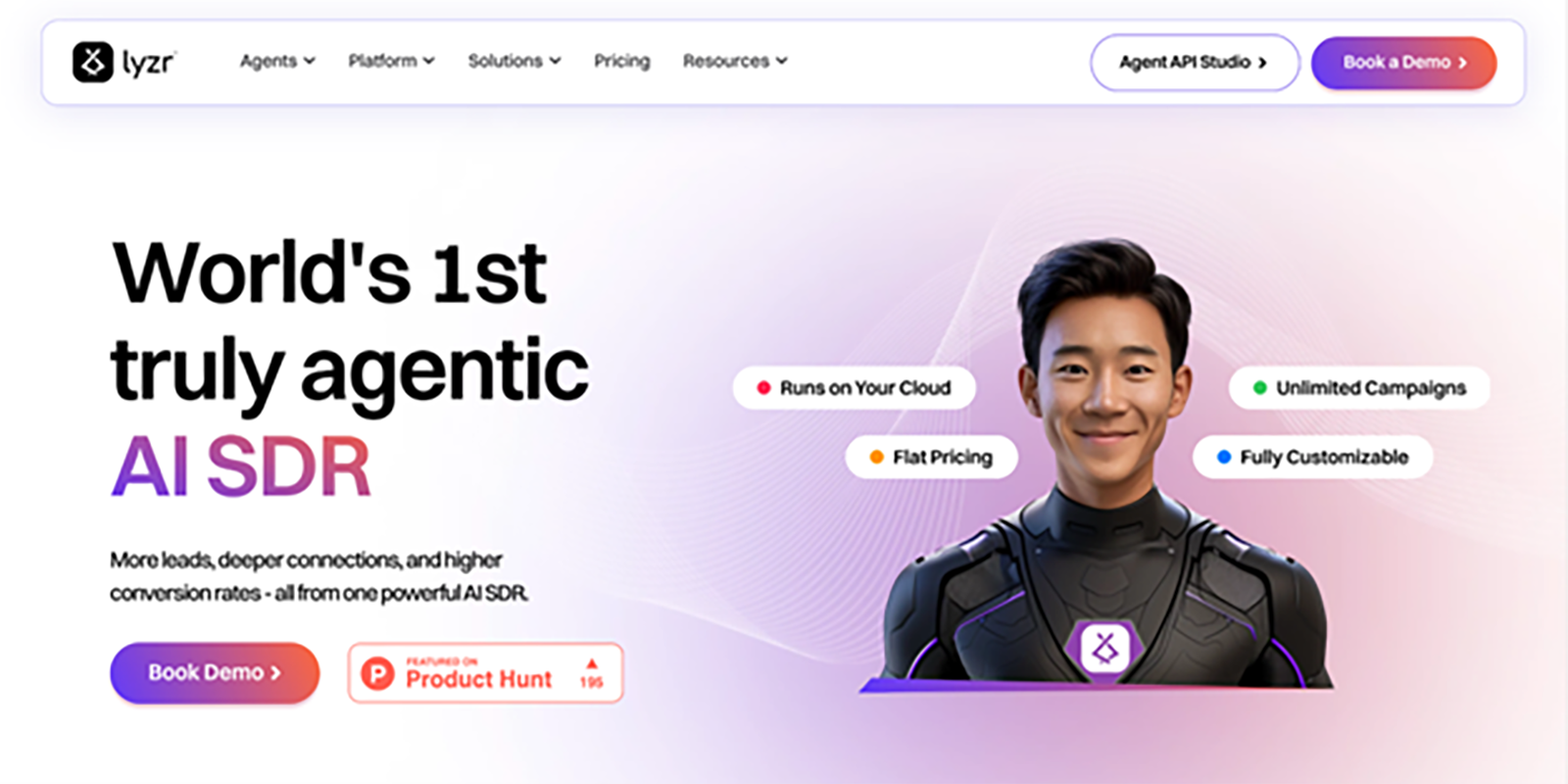Inflation, interest rates, transformational technology changes, recession talk, soft landing talk, “everything’s fine” talk, and everything in-between. Leading analysts agree: Hitting your revenue targets is more difficult than ever.
Fortunately, transformational technology changes just may provide the answer to revenue target woes. AI has emerged as a powerful tool for not only identifying but also helping to address myriad obstacles preventing organizations from achieving revenue optimization.
Resource allocation, supply chain management, fraud detection, and task automation are often written about, and it’s a no-brainer that AI tools can analyze vast amounts of data at a blazing speed. The collected data that results can help identify patterns and trends that were once difficult to obtain and can help forecast future sales trends and provide insights into customer behavior – enabling businesses to adjust their revenue strategies before they miss their targets.
This can be particularly useful for proactively adjusting sales tactics, pricing, or inventory management in anticipation of changing market demands. Also, by quickly analyzing customer interactions and feedback in an automated fashion, AI can help businesses better understand customers’ changing needs, tailor their marketing efforts, and improve customer retention rates.
Since we all know that even the best AI is far from perfect, that fact can certainly lead to imperfect implementation and use – making it all the more possible to miss revenue targets even in a best-case AI use scenario.
AI can still come to the rescue, however. AI-driven diagnostic tools can delve into the reasons behind missed revenue targets. They can examine factors such as market conditions, operational inefficiencies, and customer satisfaction levels. With natural language processing capabilities, AI can sift through customer feedback to pinpoint areas needing improvement or to detect shifts in consumer sentiment. This allows companies to more quickly address revenue degrading issues, reducing their negative impacts.
While AI remains (and will remain) an imperfect set of tools, there is no question those organizations that effectively use AI will be infinitely better situated to achieve revenue optimization than those that remain on the outside of this current tech revolution.

Today’s blog post is by Jeff Campbell. He is AI Editor of Sales 3.0 Conference.




